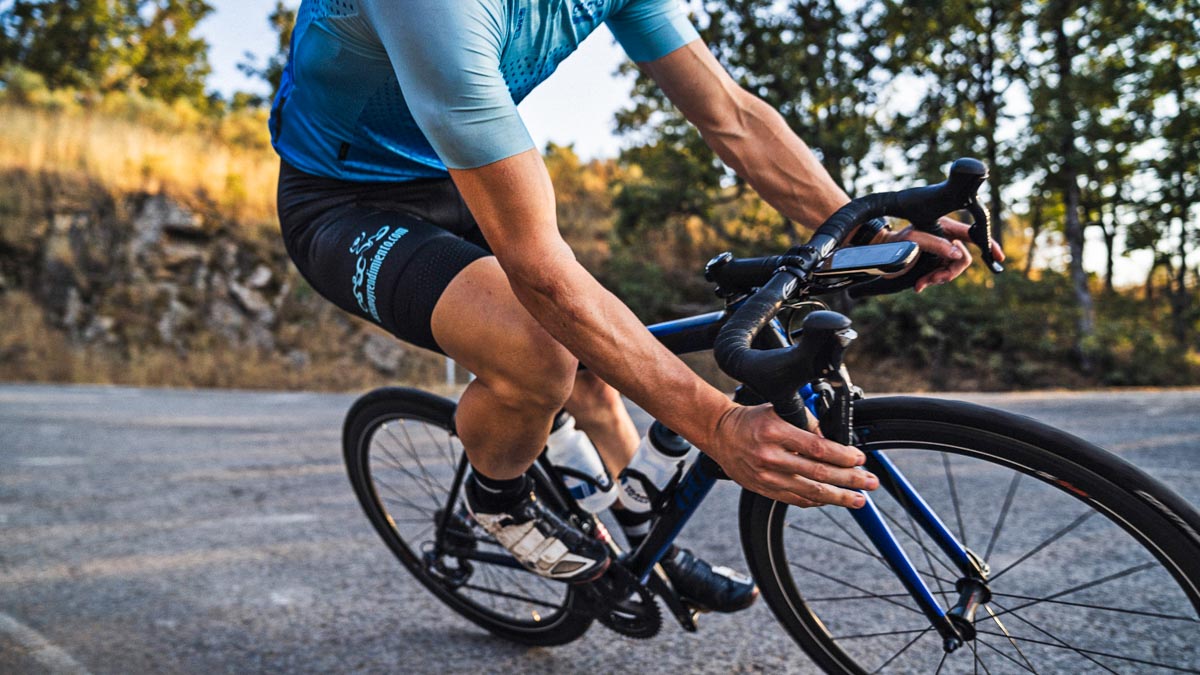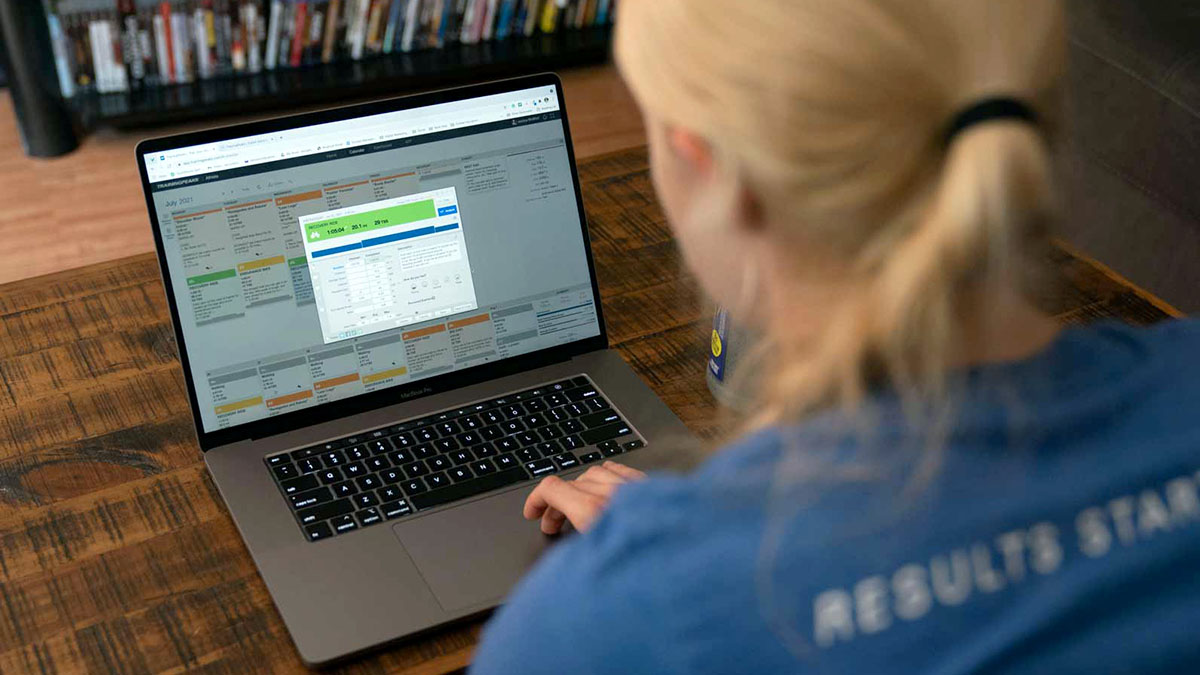Physics and cycling have a wonderful relationship – the more you know, the faster you go. On some occasions such as grand tour stages and triathlon bike legs, energy conservation is an important factor but largely, speed and efficiency remain king. That being said, the problem with physics is while we can use it as a tool for optimization, it’s also constantly working against us in the form of friction. In this article, I will review the physics behind three key friction-based factors that challenge even the fittest of cyclists and then delve into how to optimize your cycling efficiency.
Rolling Resistance
Rolling resistance is the most clear-cut factor, so we will start there. In terms of speed, rolling resistance is roughly constant. Generally speaking, it contributes less to overall resistance than aerodynamic drag apart from slow speeds. Since it increases with weight, it may be more of a consideration for heavier athletes or athletes who have recently gained or lost a substantial amount of weight.
Various tire types are faster depending on the terrain and road surface. Data on which tire is fastest can be found online but there’s more to consider than saving watts – puncture protection and durability are also key considerations if you’re on a lower budget. Generally, aim to buy the fastest tire possible within the constraints you have. Here are a few of my favorite tire options.
- For your local crit: S-Works Turbo Cotton
- For a century – Continental GP5000 or Vittoria Corsas (They’re pretty fast and a little sturdier than S-Works.)
- For a gravel stage race – Vittoria Terreno (This is what I race CX on and I find they’re great for all conditions— fast-rolling and grippy even when wet.)
Drivetrain Resistance
Drivetrain resistance is huge and it largely depends on the state of your drivetrain. The old adage, a clean bike is a fast bike, is true and most of the optimization comes from cleaning it. If you want to save the odd watt here and there with oversized jockey wheels, a waxed chain and some hydrophobic chain lube, then be my guest. Optimizing chain line efficiency will also be helpful. But most importantly – clean and lube your bike regularly. I give mine a quick wipe after every ride, a full clean after a muddy/wet ride and most importantly, a deep clean before EVERY race.
Another tip – get a bike shop to check out your bearings and replace anything worn. It’s a cheap way to speed your bike up with no extra training. There’s no point in training for six months to gain an extra 30W of fitness if you waste 30W with a dirty bike and sticky bearings.
Aerodynamic Drag
Next, I’d like to discuss aerodynamic drag. The faster you are, the more you need to pay attention to this as the force of drag is proportional to the square of your speed. What that means is as your speed doubles, the drag increases four times as much. So, you need to work much harder to overcome the difference between 40kph and 45kph than you do to overcome the difference between 20kph and 25kph even though it’s the same speed increase.
As a result, this means two things. One, the faster you go, the greater the percentage increase an aero adjustment will yield. Two, the longer you ride, the bigger the time differences these aero gains will make.
Okay, so how do we actually access these aero gains? Go and spend £15k on a TT bike right? Wrong. A poorly fitted, expensive TT bike will likely be slower than a well-fitted road bike with clipless pedals. As such, the first step is to go and see a great bike fitter and get in a wind tunnel if the cost is no barrier.
Think about this simply, you punch a much bigger hole in the air than your bike does, so body positioning accounts largely for how aerodynamically you move through space. On the same subject, what you cover your body with also makes a big difference. A well-fitted skin-suit or tri-suit along with a well-fitted aerodynamic helmet will also make a big difference. After this, considerations such as wheels, overshoes and frames should be taken into account. Aerodynamic equipment data can be found online, but a piece of advice—get this information independently from the manufacturer. Never take assurances on quality from the person trying to sell you stuff.
Energy Efficiency
The final physics-based consideration is the amount of energy you have. The way in which you should consider your expenditure of energy is twofold—how long will the race take me to complete and what features will I have to navigate on this course (think hills, wind and road surface primarily). There are tools available online that’ll help you pace a bike leg perfectly. Riding at exactly the same power is only the most efficient use of your energy on a completely flat, windless, perfectly surfaced road.
Conclusion
Physics is working against you in every way it knows how—friction with the road, friction within the moving parts on the bike and friction with the wind. Then add in some gravity on the hills for good measure. Luckily physicists have given us the tools to fight this. We can buy tires that roll faster, clean and lube our chains, get a decent bike fit, buy some aero gear and use our energy strategically. While these differences may feel small independently, they’ll add up to large time gains over the course of a road race, time trial or triathlon bike leg.



